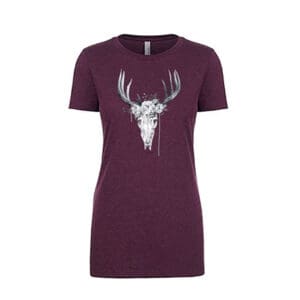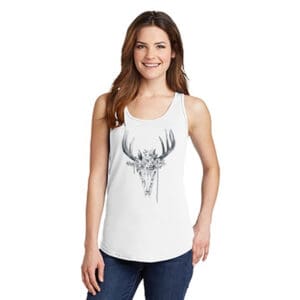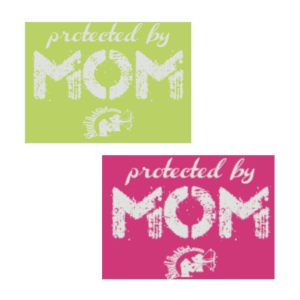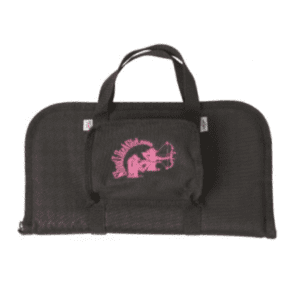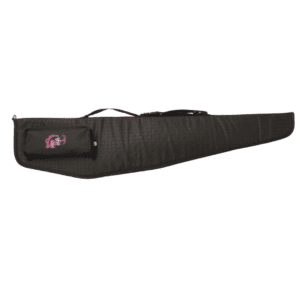
- Safety
How Much Damage is the Sun Doing to My Skin?
 How much damage is the sun doing to my skin? Sunburns are not only painful, but they also bring with them lasting effects each time you get burned. Along with the initial sting, skin cancer, leathering, wrinkles, and age spots are all compounded by burns from over exposure to the UV rays. The sun gives off UV radiation: UVA, UVB, and UVC. The most severe of these is UVC, but since most is absorbed by the ozone layer, it does not affect us. UVB radiation rays are what causes our sunburns because the primary effects are to the outer layer of the skin. UVA radiation penetrates deeply into the skin and is the biggest cause of the long-term damage. This is how the sun is damaging our skin.
How much damage is the sun doing to my skin? Sunburns are not only painful, but they also bring with them lasting effects each time you get burned. Along with the initial sting, skin cancer, leathering, wrinkles, and age spots are all compounded by burns from over exposure to the UV rays. The sun gives off UV radiation: UVA, UVB, and UVC. The most severe of these is UVC, but since most is absorbed by the ozone layer, it does not affect us. UVB radiation rays are what causes our sunburns because the primary effects are to the outer layer of the skin. UVA radiation penetrates deeply into the skin and is the biggest cause of the long-term damage. This is how the sun is damaging our skin.
Another area we have to protect is our eyes. Adverse effects from burning include retinal damage and hyperpigmentation in scars. The retina can be vulnerable to damage by ultraviolet light.
Over exposure can lead to corneal damage, which can raise the risk of developing cataracts.
The iris and corneas can also be burned. Sun exposure can make the appearance of a scar much worse due to hyperpigmentation. Hyperpigmentation occurs due to excess melanin production which causes the areas to become much darker.
How much damage is the sun doing to my skin?
How can I proactively protect my skin?
- Apply Sunscreen
The Sun Protection Factor (SPF) of a sunscreen rates its effectiveness at blocking US rays. The website Cancer.org suggests a sunscreen with no less than 30SPF. Apply 30 minutes before sun exposure and re-apply every 2 hours or more02 often if you are sweating or swimming…regardless of if the label says waterproof/sweat proof or not. Be aware of expiration dates as well.
- Wear Proper and/or UPF Clothing
How much damage is the sun doing to my skin? Ultraviolet Protection Factor, or better known as UPF, is the scale that measure the ability for fabrics to block sunlight. It is assigned to clothing by its ability to block ultraviolet sunlight, both UVA and UVB. This is becoming an extremely popular option for sun protection, with a growing number of companies offering styles of clothing.
Along with clothing, wear a hat. Wearing a wide brimmed hat is usually enough, but if you can find a four-inch brim, you can more adequately cover the tops of your ears, your neck, forehead, cheeks, and nose.
- Wear Sunglasses
 Wear sunglasses. With the ideal pair blocking 99% to 100% of UVA and UVB rays. Check the label before you buy. Claims of “UV” blocking could refer to either or both. At the end of the day, not all sunglasses are created equal.
Wear sunglasses. With the ideal pair blocking 99% to 100% of UVA and UVB rays. Check the label before you buy. Claims of “UV” blocking could refer to either or both. At the end of the day, not all sunglasses are created equal.
- Avoid the Sun
Certain medications including those for high blood pressure, anti-inflammatories and some antibiotics can increase your sensitivity to the sun and make you more prone to burning. If your medication is known to cause photosensitivity, you may want to avoid being outside during peak radiation hours, between 10:00 A.M. and 2:00 P.M.
- Pay Attention to your Surroundings
 There are a lot of things in nature that can increase the intensity of the sun’s rays. Water, snow, white sandy beaches, and even cloud cover can be extremely dangerous as it reflects the sun’s rays back at you and can cause serious burns. Pay attention, be aware and seek shade if possible.
There are a lot of things in nature that can increase the intensity of the sun’s rays. Water, snow, white sandy beaches, and even cloud cover can be extremely dangerous as it reflects the sun’s rays back at you and can cause serious burns. Pay attention, be aware and seek shade if possible.
- TAGS: Angie Kokes, archery, Bass Pro Shops, Cabela's, confidence, confident, Education, empowered, Empowered Women, Empowering Women, growing industry, Hunt Like A Girl, hunting, outdoors, personal safety, Pro Staff, success, truetimber, Turkey, Why women shoot, women in shooting sports, women who hunt, Women who Shoot

